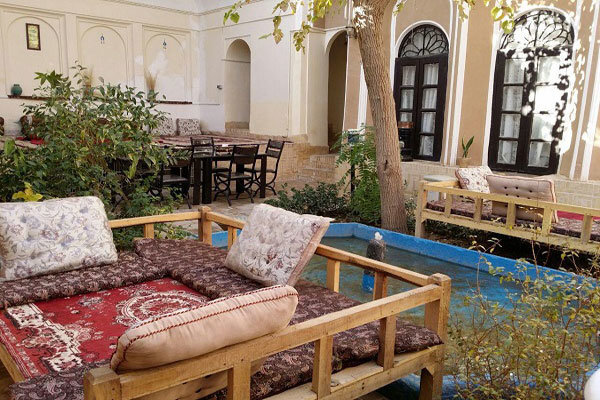West Azarbaijan province to boost rural tourism

TEHRAN- The development of rural tourism and eco-lodge units has been on the agenda of West Azarbaijan province’s Cultural Heritage, Tourism, and Handicrafts Department for a long time, provincial tourism chief Jalil Jabbari has said.
With 49 tourist villages, each with hundreds of historical sites and natural sights, lush gardens and farms, and rivers flowing in clear blue water, the northwestern West Azarbaijan province holds the potential to boost rural tourism.
Although ecotourism and rural tourism are still newly known branches of tourism in the region, the province is one of the top destinations for the eco-tourists.
Obtaining permits for turning suitable places into eco-lodge units is to be facilitated with the aim of helping the prosperity of tourism in rural areas, IRNA quoted Jabbari as saying on Monday.
There are 29 active eco-lodge units across the province in the cities of Takab, Piranshahr, Sardasht, Oshnavieh, Khoy, Mako, and Urmia, which has increased by 10 units during the current Iranian calendar year (started March 20) and will soon increase to 40 units, the official added.
The tourism ministry has set a target to help build 2,000 eco-lodges by 2021, believing such guest houses could cater to sustainable development and job creation in the countryside and rural areas.
Experts say each eco-lodge unit generates jobs for seven to eight people on the average so that the scheme could create 160,000 jobs.
Having a very diverse natural setting, Iran offers varied excursions to nature lovers. Sightseers may live with a nomad or rural family or enjoy an independent stay. The country is home to abundant historical mansions, caravanserais, bathhouses, madrasas, and other massive monuments, which can buttress its budding tourism and hospitality sectors if managed appropriately and refurbished properly.
Popular ecotourism activities in Iran include mountain and desert treks, bird watching in coastal areas, and wetlands as well as diving.
The World Tourism Organization sees rural tourism a type of activity in which the visitor’s experience is related to a wide range of products generally linked to nature-based activities, agriculture, rural lifestyle, culture, angling, and sightseeing. Such tourism also possesses characteristics such as low population density, a landscape dominated by agriculture and forestry, as well as traditional social structure and lifestyle.
West Azarbaijan embraces a variety of lush natural sceneries, cultural heritage sites, and museums including the UNESCO sites of Takht-e Soleyman and Qareh Klise (St. Thaddeus Monastery), Teppe Hasanlu, and the ruined Bastam Citadel.
The region has been the seat of several ancient civilizations. It formed part of Urartu and later of Media. In the 4th century BC, it was conquered by Alexander the Great and was named Atropatene after one of Alexander’s generals, Atropates, who established a small kingdom there. The area returned to the Persian (Iranian) rule under the Sasanians in the 3rd century CE. The Arabs controlled Azerbaijan from the 7th century until Turkish nomads overran it in the 11th century. Thenceforth the inhabitants of the region were Turkish speakers. The region was overrun by the Mongols in the 13th century, and, under the ruler Hulegu, Azarbaijan became the center of a Mongol empire extending from Syria on the west to the Oxus River (now Amu Darya) on the east.
ABU/MG
Leave a Comment